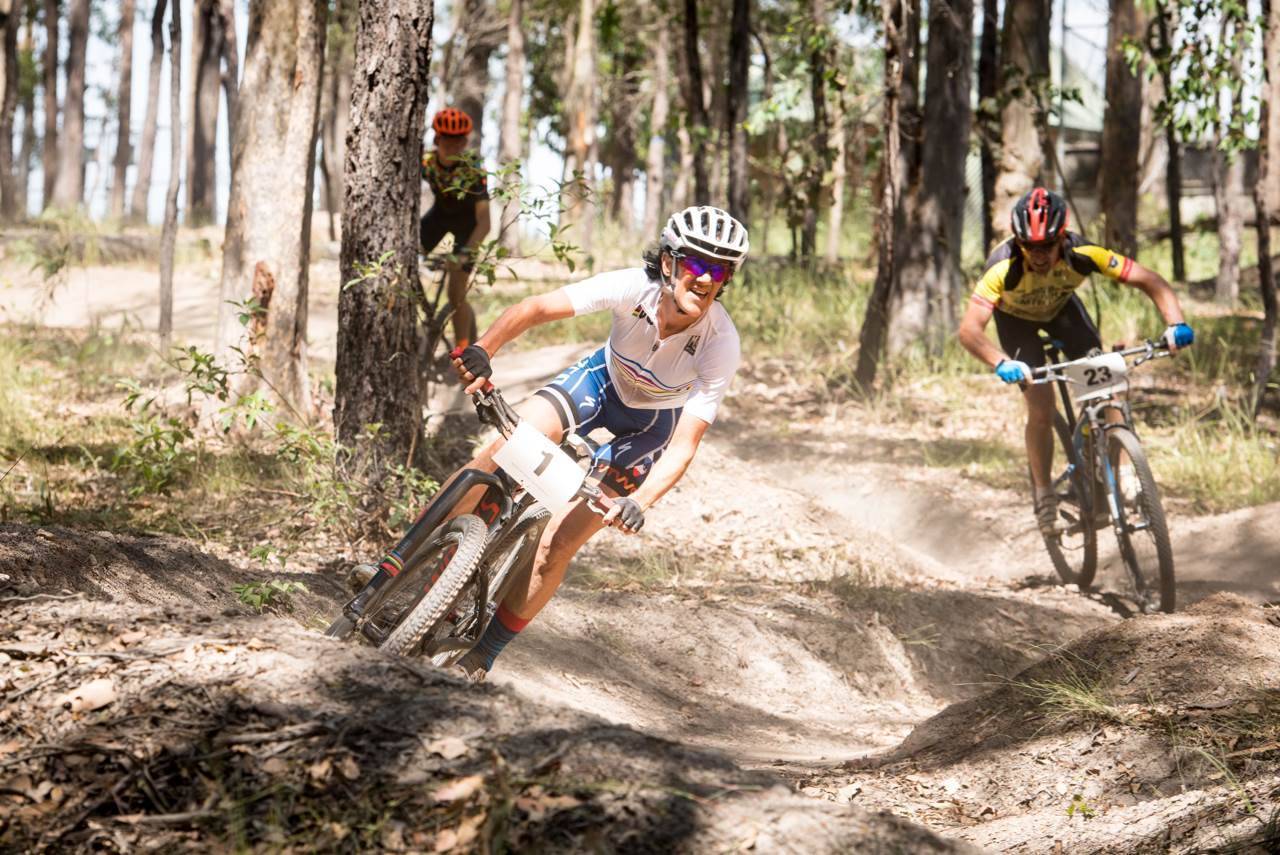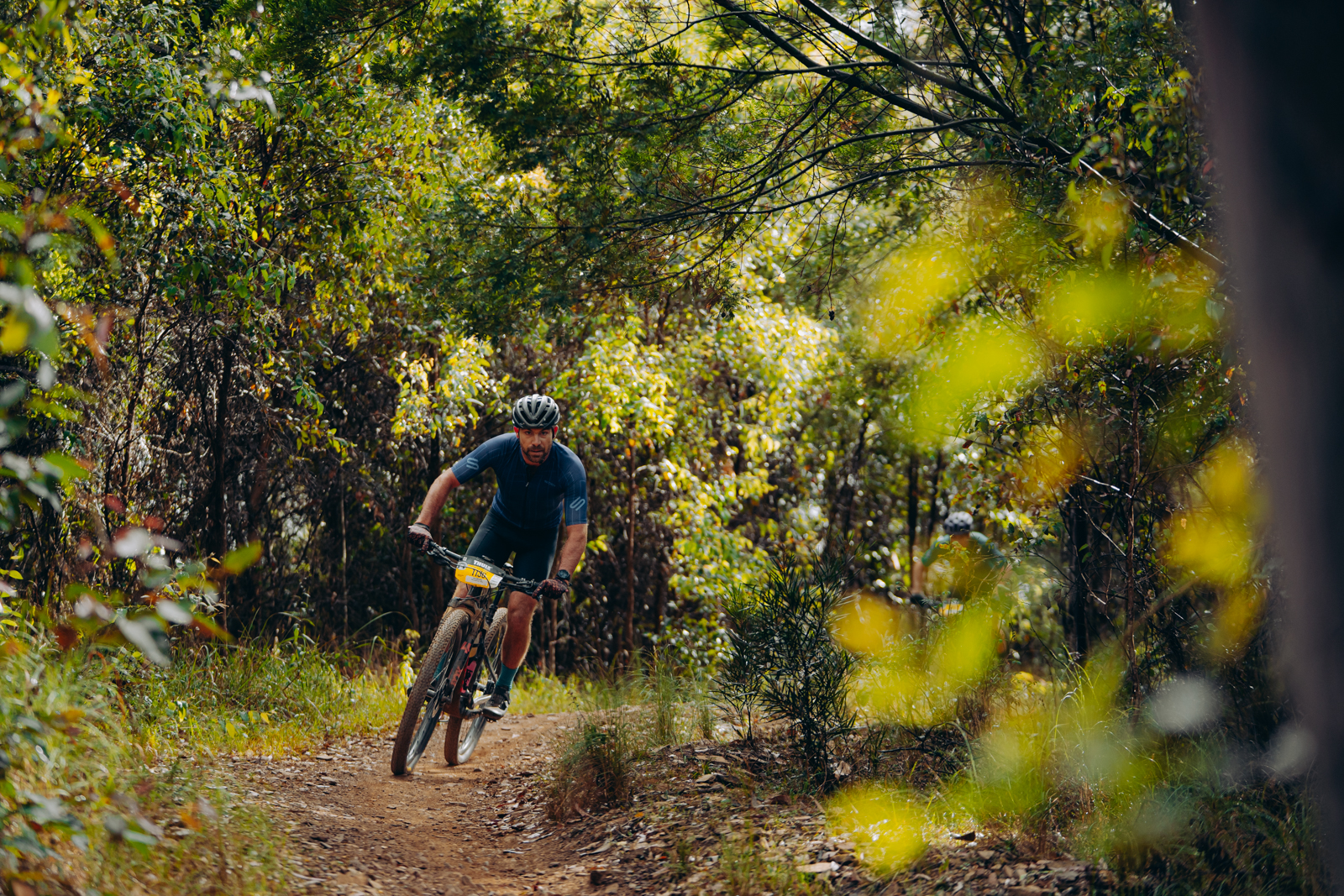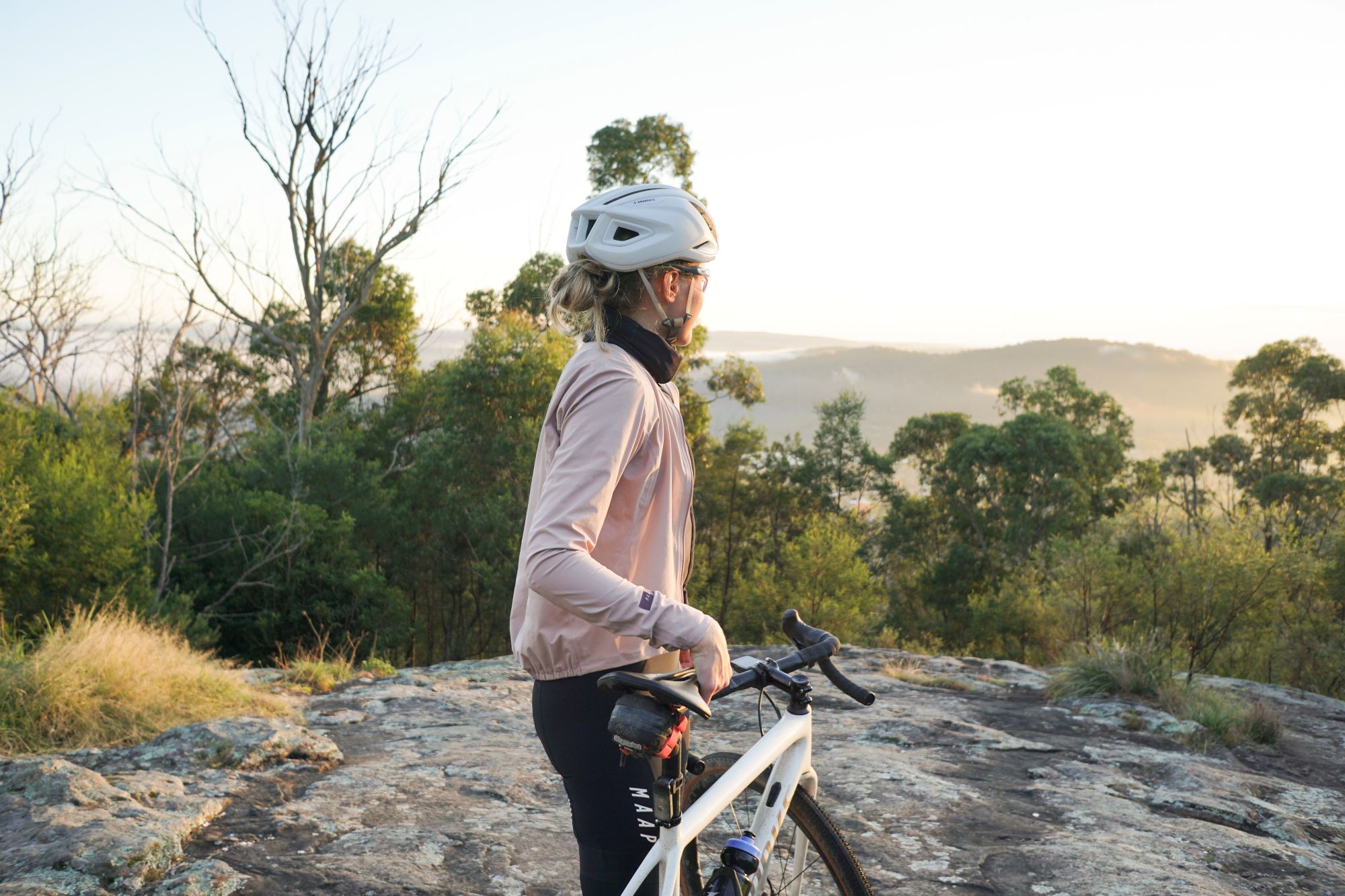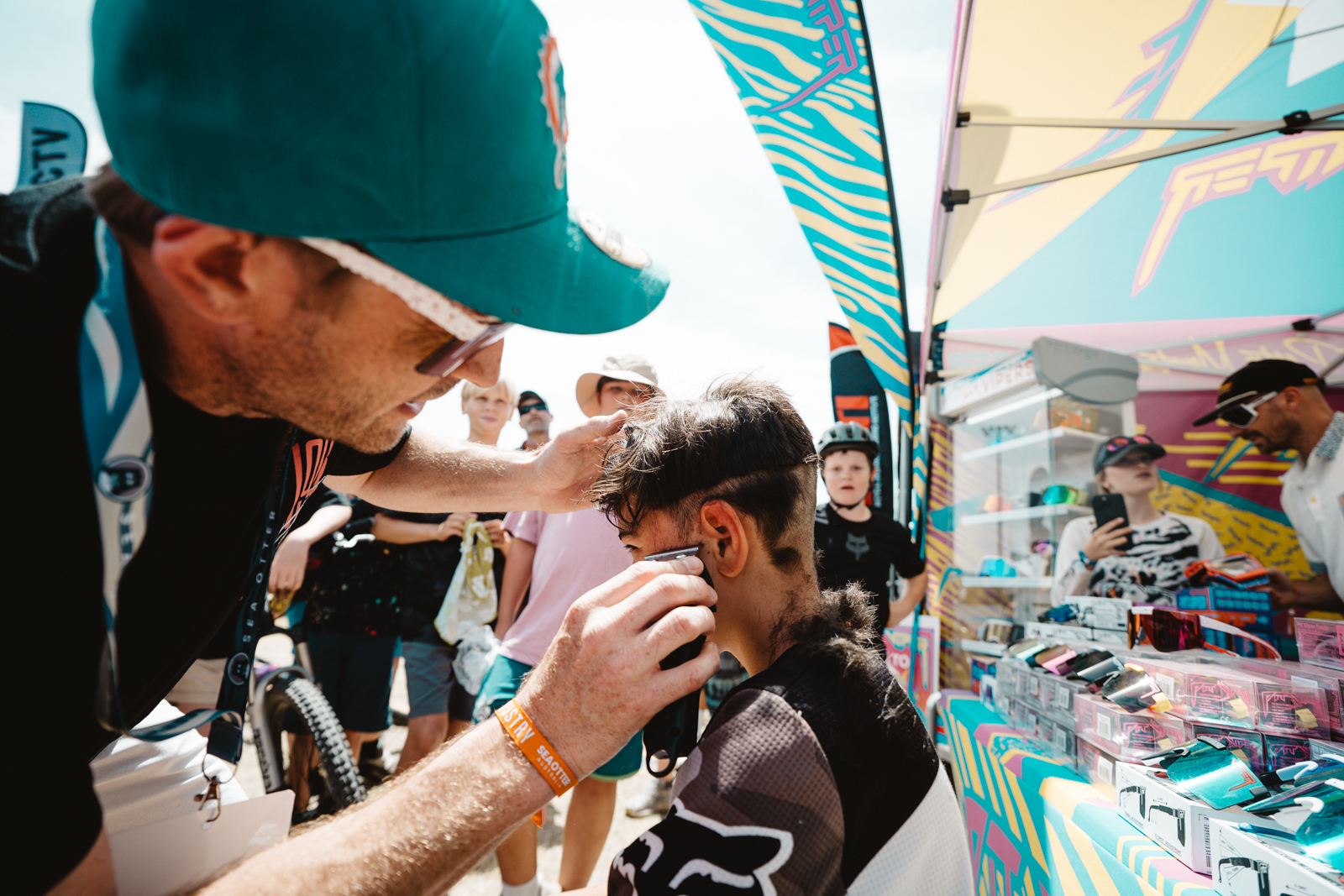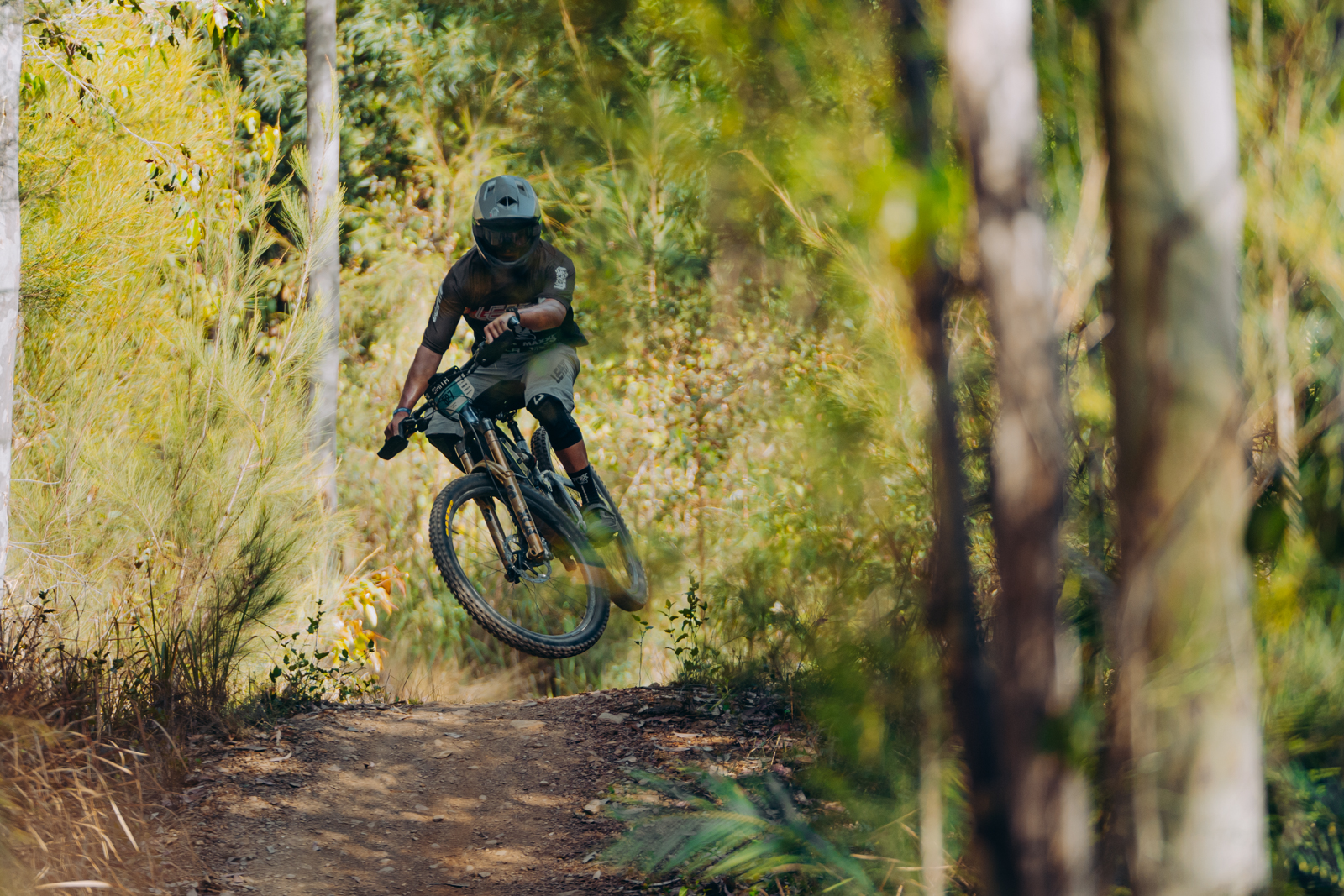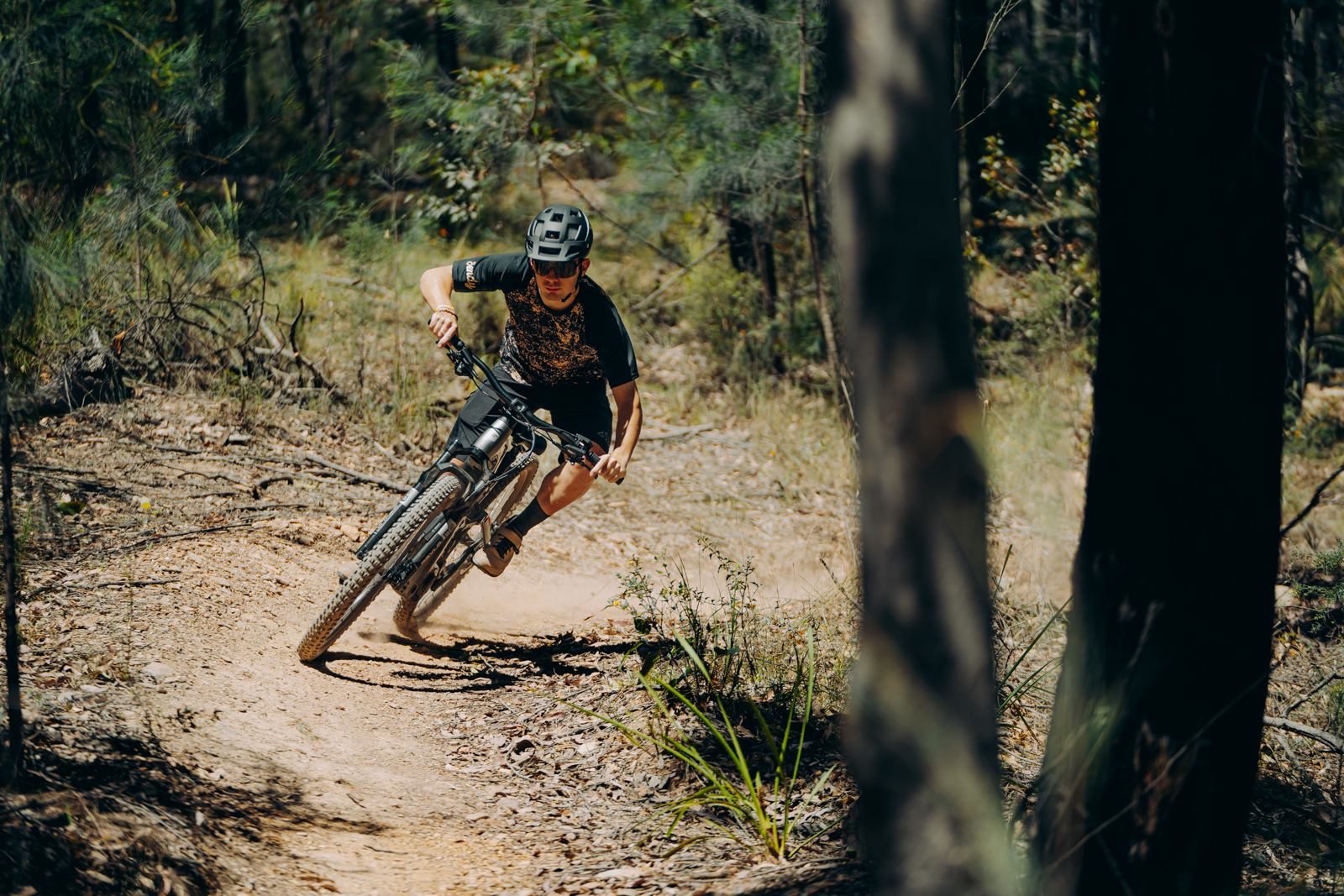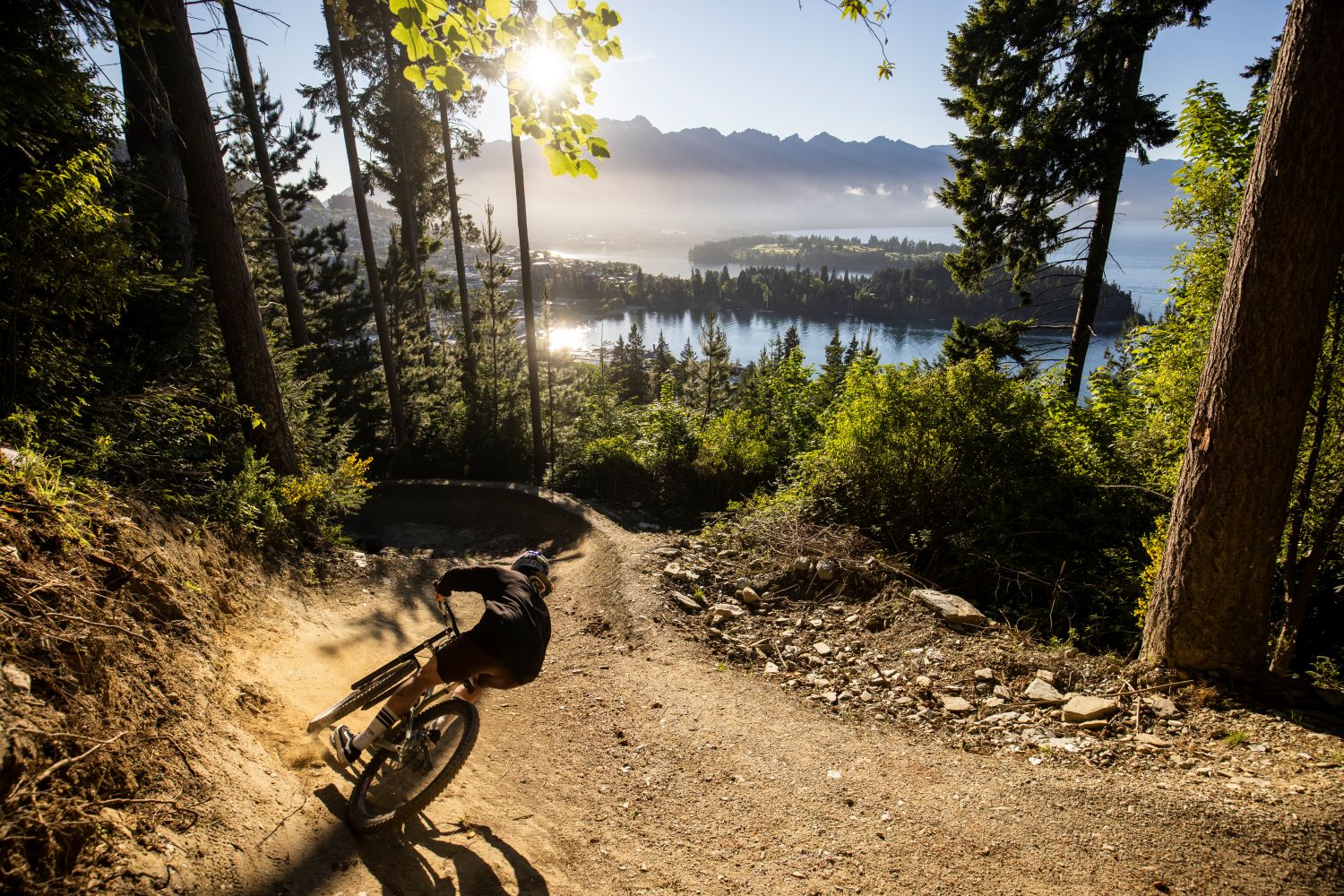Optimising fitness for older riders
Getting old doesn't have to mean getting slow! Here's how to optimise training for older athletes!
Words: Anna Beck Photos: Lachlan Ryan and Dave Acree
In Australian mountain biking, Masters fields commonly comprise the strongest numbers of all categories. It’s easy to hypothesise why this may be: perhaps the fields are stacked with juniors that moved away from elite sport because of the demands of racing at that level only to come back in their later years, or those that took a hiatus for career or family reasons are now reentering the sport in their late thirties, or sometimes it’s as simple as people discovering how awesome mountain biking is, just a little later in life.
Whatever the reason, to get the best out of yourself in the late third, fourth, fifth decade and beyond, there are some important considerations to make when devising a training program that for a masters athlete. In this article we will cover some of they key differences between masters and junior or elite athletes, and how you can implement some every day ‘life hacks’ into your training to get the most out of your time on the bike.
1. Recovery
What happens when you have a young family, a full time job and aspirations of mountain biking glory? Fatigue. Fatigue is what happens. Therefore it’s more important than ever to optimise recovery from high intensity and high volume sessions on the bike or in the gym.
The increased need for recovery is partly impacted by a decrease in testosterone levels, discussed below. This decrease in recovery is two pronged: masters athletes take longer to recover at a cellular level [1] and have higher perceived exertion [2] after multiple hard days.
Studies have also found that despite the well-known increased need for recovery by masters athletes, they are notoriously poor at implementing recovery techniques! [3]. While much of this makes sense with increased commitments with age, ignoring the importance of recovery is shooting yourself in the foot if you’re a masters rider.
What does this mean for you if you’re a masters rider? It means that more careful planning and implementation of recovery strategies is paramount for building fitness.
Training Hacks
-For junior and elite riders, a typical “meso cycle” (medium term training block) consists of 3 weeks ‘on’ followed by one recovery week. For the masters athlete, using 2:1 work:rest intervals can allow for solid workload in the work periods, followed by frequent enough periods of rest and recovery to mitigate the potential for increased injuries and excessive fatigue. This can be brought down to an even smaller level by ensuring your macrocycles (weekly blocks) feature enough breaks and intermittent ‘easy’ days to support recovery in order to hit the hard days with vigour. This is called implementing a ‘fatigue resistant’ training plan.
-At the daily training level, consistency in adopting good recovery hygiene is paramount. This includes: a high protein snack or meal after training[4], good sleep, stretching and other recovery adjuncts such as compression garments and massage at key times. Recovery stretching, foam rolling and yoga is a great opportunity to involve your family, too!
-Sleep is the golden key to recovery, so put into practice a bedtime that allows maximal rest (ie: avoiding screens, caffeine and alcohol before bed, using blackout curtains, going to bed early enough to get the optimal amount of sleep for the following days’ session).

2. Strength
Testosterone declines gradually in men at a rate of around 1% a year after age 30 in the general population. Women, too, have testosterone (at a marginal level compared to male counterparts) which plays a significant role in strength and recovery, which gradually declines around menopause.
What does this mean? Testosterone increases muscle protein synthesis, causing muscular growth (or reduction in decline), allows fatigue resistance and speeds and improves the recovery process: all processes that decline with age.
In addition to this, women, in particular are at risk of loss of bone density as they age, called osteopenia and osteoporosis. By adding strength-based training and dynamic activities into training, you can reduce the rate of bone-mineral decline.
Training Hacks
-For mountain bike riding, strength endurance or muscular endurance (low cadence/high gear) efforts are key, as no matter the discipline mountain biking involves a range of high force-low velocity pedaling.
-Both HIIT (high intensity interval training) and resistance training (ie: Heavy weight training) both increase testosterone levels, and can also aid in reducing injuries: add weight-based and high intensity into your training to mitigate natural testosterone decline.
-Ensure you meet your energy requirements. Long-term energy restriction has been found to reduce testosterone levels, while Zinc and Vitamin D are linked to healthy testosterone levels. It’s safe to say if you’re under fuelling in the name of making ‘race weight’, it’s possible your energy needs aren’t being met to perform during your sessions, and you’re missing out on essential micronutrients that support testosterone and strength maintenance.
Sources
[1] Easthope, C. and others (2010). Effects of trail running competition on muscular performance and efficiency in well-trained young and masters athletes. European Journal of Applied Physiology, 110: 1107-1116.
[2] Fell, J. and others (2006). Performance during consecutive days of laboratory time-trials in young and veteran cyclists. Journal of Sports Medicine and Physical Fitness, 46(3): 395-403.
[3] Reaburn, P. and others (2013). Poor use of recovery strategies in veteran cyclists: an Australian study. Proceedings of the American College of Sports Medicine Conference and World Congress on Exercise is Medicine, Indianapolis, USA, May 28-June 1.
[4]Int J Sport Nutr Exerc Metab. 2016 Apr;26(2):168-78. doi: 10.1123/ijsnem.2015-0102. Epub 2015 Sep 24. Postexercise Dietary Protein Strategies to Maximize Skeletal Muscle Repair and Remodeling in Masters Endurance Athletes: A Review. Doering TM1, Reaburn PR, Phillips SM, Jenkins DG.
3. Aerobic Declines
Unfortunately, as we age our bodies lose the ability to use oxygen as effectively as when we were living in a share house with four other people and living on two-minute noodles. For the layperson, VO2 max, or maximal oxygen uptake can decline by as much as 10% per decade after the age of 30, but with training that number can lessened to a 5% loss/decade [1]. This is, in part because of the reduction in maximal heart rate and stroke volume of the heart as we age.
Training Hacks
Thankfully, cycling is a largely aerobic sport and by getting out on the bike you are already ahead of the bell curve of aerobic decline. However by incorporating short, hard efforts like VO2 based training or HIIT as well as endurance rides you are really giving yourself the best shot at maintaining that vital aerobic capacity that is so integral to mountain biking success!
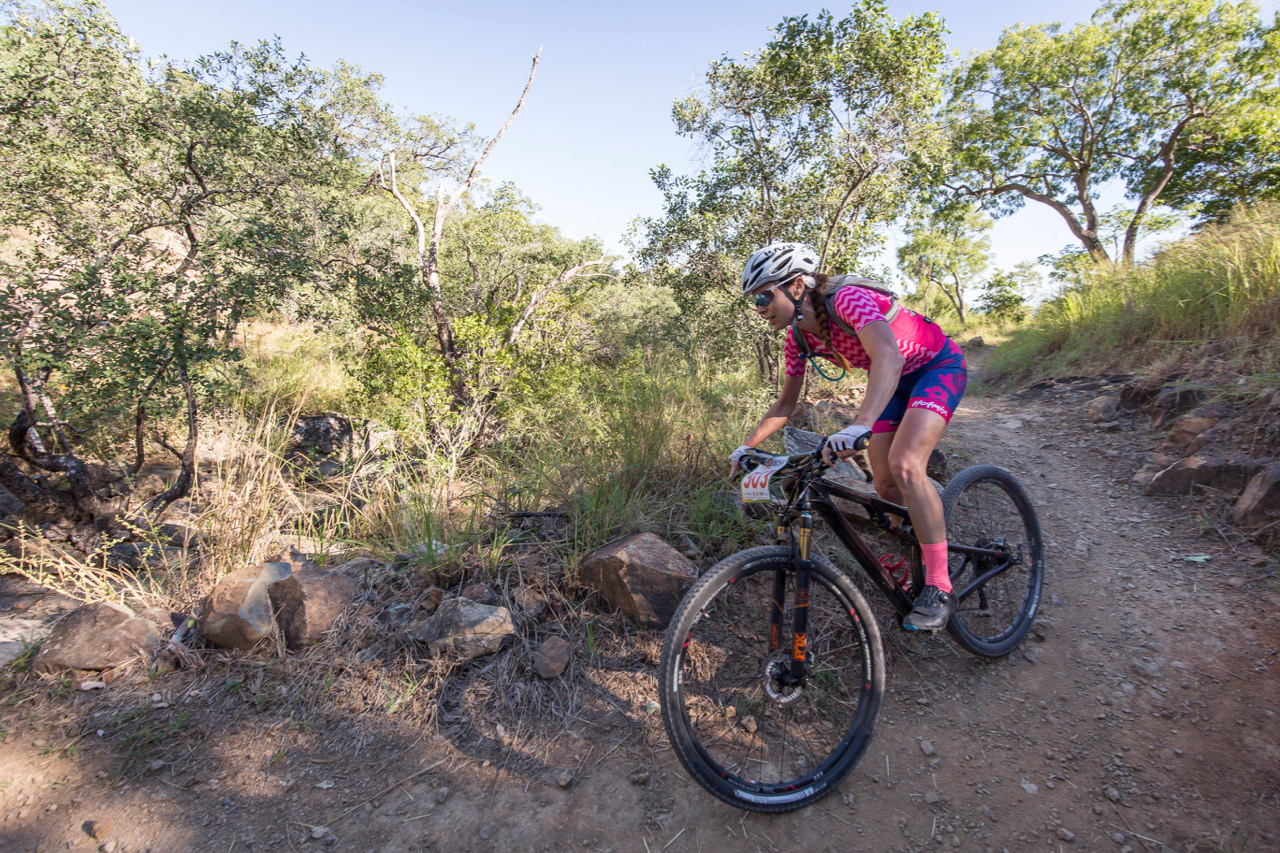
4. Fitting it all in
Here it is, the elephant in the room of training masters athletes: time (or lack of it). Though they may be through the other end of that tough career-building stage, and through the pitfalls and perils of the baby stage of parenting, most masters athletes still have a whole host of responsibilities to work around. I like to call this ‘life’.
Fear not! There are many ways to make a busy calendar compatible with training aspirations!
Training Hacks
-Embrace the commute. If you are within a reasonable distance there’s no better way to optimise your fitness by involving a commute to and from work. Rather than just trundle along, a short commute is a great time to introduce some sprints, short and hard efforts or even just a time-trial one way, with the return journey (or vice versa) a recovery ride.
-Get in the shed and embrace the trainer. The training gains from a short HIIT or VO2-based session can be enormous from a session as short as 40 minutes! While it does take a whole lot of motivation to train inside, it’s never been a better time to embrace trainer life, with the advent of trainer apps including Zwift and TrainerRoad.
-Emphasise quality over quantity. Many masters riders will avoid the ‘hard’ work of high intensity work, instead focusing on endurance. But this ‘hard’ training is central to slowing the physical decline of age, plus is an efficient way to get good bang-for-buck for the time-strapped athlete
-Give and take. Your loved ones are much more likely to be supportive of your mountain biking passion if you can work it into every day life, and this may mean forfeiting the two 4 hour sessions you had planned with your mates on the weekend for a single long ride and potentially a short stint in the shed, or family ride on the trails. As much as scheduling training time is important, remember that emphasis on recovery and balance is key for the masters athlete, and as a plus will buy some brownie points when needed.
If you are a masters rider, there is no denying that there are some physical declines that occur with each lap around the sun. However, by looking at the key physiological changes and mitigating by implementing strength training, increasing the emphasis on recovery protocols, an emphasis on aerobic fitness and work-life balance, there is no reason why you can’t continue to ride and race at a cracking pace throughout the decades.
Sources
[5] https://theconversation.com/how-does-aging-affect-athletic-performance-36051

